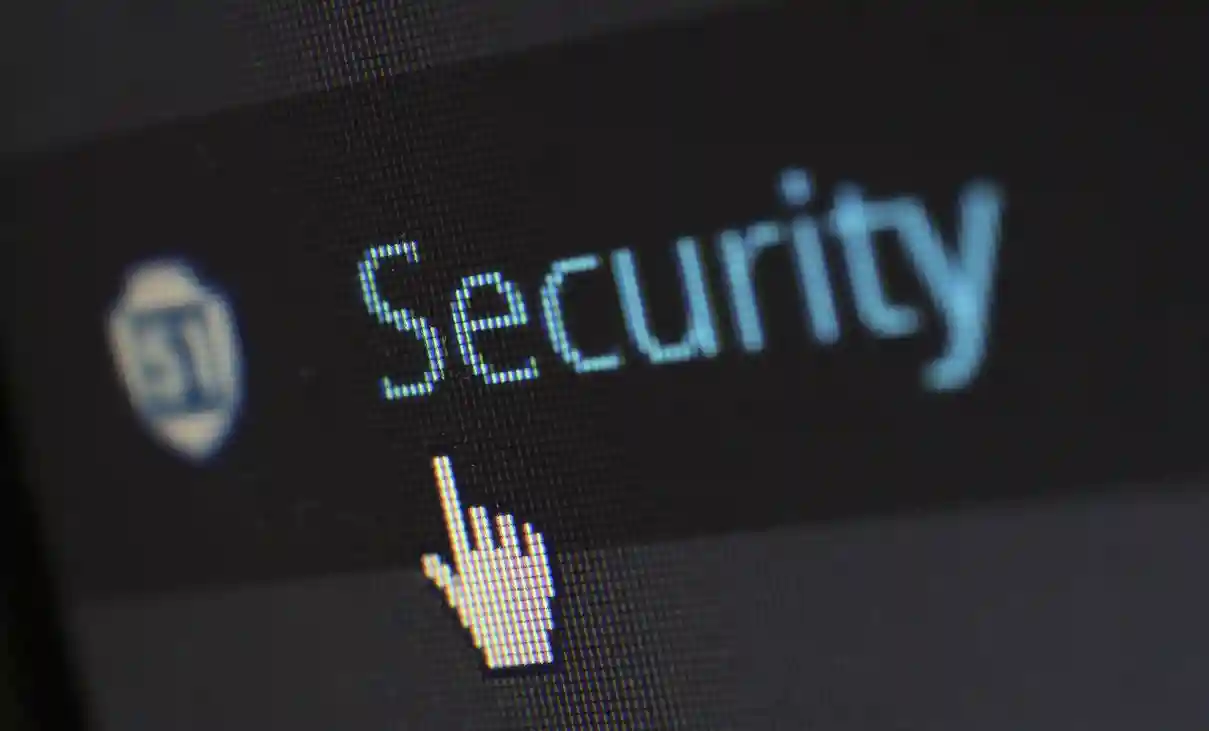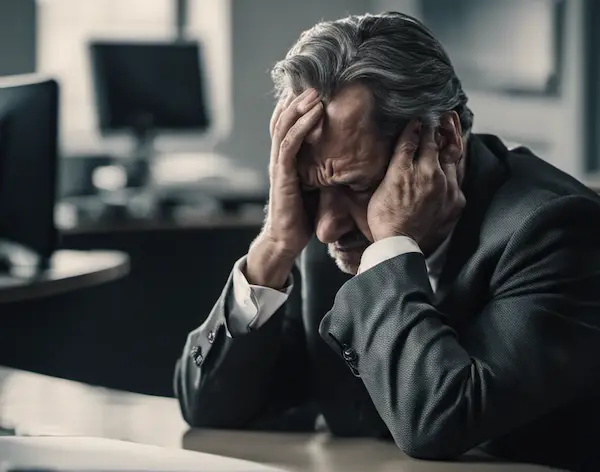WordPress is a fantastic way to start a content-driven project. However, while it’s free to use, designing it, setting up hosting, and maintaining it will cost you either time or money. Speaking of maintenance, let me share my personal experience—keeping in mind that I’m a journalist, not a tech professional. Shall we dive in?
It’s always best to have a budget and outsource website maintenance, as it’s generally affordable. However, when you’re starting out, funds are often tight, and it’s normal to do it yourself. Another option is to use a managed WordPress hosting service, but I personally recommend getting hosting and installing WordPress yourself. While it’s slightly more complex and expensive, you gain full control over your project.
Let’s assume WordPress is installed (it’s straightforward) on a hosting plan (which doesn’t have to break the bank), you’ve been running the site for a while, and now you want to handle maintenance yourself. This primarily involves keeping WordPress updated and secure.
The essentials of WordPress maintenance: keep everything updated
As mentioned earlier, keeping WordPress updated is often as simple as clicking a button—sometimes not even that, as updates can be automatic.
The problem arises when things go wrong. To avoid paying for WordPress maintenance services (which cost around €50 per month), it’s crucial to take some precautions. Always update everything (core, themes, plugins), but first check the release notes and look at WordPress.org to ensure no one else has reported issues with the update.
Before updating the core, make a backup. Update all plugins and themes first to ensure compatibility and minimize potential errors. Uninstall unused plugins and themes, and deactivate caching plugins while clearing the cache before backing up and updating.
Additionally, always check the minimum requirements for updates to ensure your hosting meets them. Budget hosting plans may have restrictions, such as limited disk space or database usage.
To avoid major issues during updates, use only essential and reputable plugins that are regularly maintained. Outdated or abandoned plugins are a major risk. Not updating them can lead to guaranteed security problems.
Keeping everything updated also improves your site’s features, speed, and reliability—key factors for success on Google Search and Discover.
After updates, check that everything is functioning correctly. Small bugs often arise and are resolved in subsequent updates, so keep an eye out for these.
For major updates, such as core or plugin version changes (e.g., from 6.5 to 7.0), proceed cautiously and thoroughly review the documentation.
Pro Tip: Update plugins one at a time via the plugins page. This way, if one fails, you’ll know which one caused the issue. Bulk updates can lead to more problems. Personally, I disable most automatic updates to maintain manual control, only leaving them enabled for minor updates (e.g., 7.0.1 to 7.0.2).
Maintaining the database
As a journalist, I rely on a plugin to manage the database. I use WP-Optimize – Clean, Compress, Cache, a free plugin that allows for easy database optimization and more. I activate it only when needed (after making a backup), use it, then deactivate it and keep it updated. Ideally, it should be uninstalled after use.
Backups: the other key to maintenance
If something goes wrong during updates, backups are your lifeline. Popular backup plugins include UpdraftPlus and All in One Migration, but I use Xcloner, which works well for me. I’ve never had to restore a backup, but Jetpack and other services also offer backup tools.
Many hosting providers create automatic backups as well, offering extra security. Ideally, you should test backups to ensure they’re restorable, though most people don’t. It’s common to rely on redundant systems and hope one works if another fails.
Security: the third pillar
Security is best left to professionals, but they’re expensive and hard to find. A well-updated WordPress site combined with a good security plugin (I use Wordfence, though it’s resource-intensive) and measures like two-factor authentication and login protection is usually sufficient.
Managing roles and permissions properly is crucial for site security. Personally, I disable user creation features to minimize risks. However, even with precautions, issues can arise.
Hiring a wordpress maintenance specialist
While DIY maintenance is possible, hiring a professional is cost-effective and reduces headaches, allowing you to focus on content. These professionals typically perform all the tasks outlined above and often set up proactive alerts and monitoring systems to address issues before they become problems.
Maintenance specialists also test updates on their own projects before applying them to clients’ sites. They often include verification steps to ensure everything functions properly post-update. For instance, I’ve updated plugins only to encounter issues like incorrect email subjects or broken tagging functionality in articles. These are hard to spot and often require patience until fixed in subsequent updates.
Many professionals offer additional services like content updates or development, but these are usually separate from maintenance contracts. Ensure clear contracts and expectations to avoid misunderstandings.
Common WordPress maintenance issues
- Maintenance mode stuck: After an update, the site may remain in maintenance mode due to a timeout. Use FTP to delete the .maintenance file.
- Configuration file edits: Use FTP to adjust robots.txt or .htaccess files if needed, though plugins exist for this (remember to minimize plugin use).
- System requirements: Updates may require newer PHP or database versions, so always check compatibility.
- File upload limits: Large updates may fail due to hosting-imposed upload limits. Raise these limits if necessary.
- Caching issues: If the site misbehaves after an update, clearing or disabling caches often resolves the issue.
Despite the challenges, I’ve managed to resolve every issue over the years using online resources and my limited technical knowledge.
WordPress maintenance isn’t just about updates and backups—it’s about learning to navigate common challenges and knowing when to seek help. With a bit of effort and the right precautions, even non-techies can manage their WordPress sites effectively.


Leave a Reply